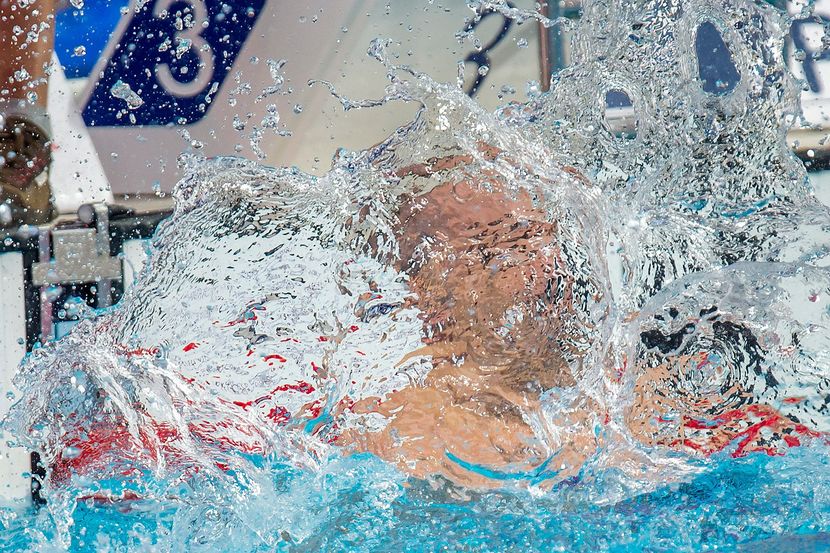
When it comes to hosting this competition, the fidelity of certain countries is worth recognition. Germany, Canada, Russia, Spain, and the United States of America, for example, have hosted Grand Prix meets since the first edition. China and Italy have missed only one year and two years respectively. Mexico too, deserves acknowledgement for having hosted 14 times. Accordingly, there has been a remarkable prevalence of champions from these nations in not only the FINA Diving Grand Prix, but also the FINA Diving World Cup and the diving competitions of the FINA World Championships and the Olympic Games. This trend is statistical proof that the regular presence at home of events like the Diving Grand Prix contributes to the success of the sport in a given host nation.
The FINA Diving Grand Prix is composed of a series of seven meets that are usually contested during the spring/summer months of each year (April - August).* It is both organised by and open to FINA-affiliated National Federations (Members of FINA). Likewise, entries of divers in the events are only accepted from FINA Member Federations. Since 2002, when Synchronised diving was added to the competition, the FINA Diving Grand Prix is comprised of the following events:
-3 metres Springboard (Men and Women)
-10 metres Platform (Men and Women)
-3 metres Springboard Svnchro (Men and Women)
-10 metres Platform Synchro (Men and Women)
Winners are determined by the number of points they accumulate throughout the competition, which are awarded according to their place and rank. Whenever possible, judging panels for the event consist of judges from different countries, and for the semi-finals and finals, the nationality of the judging panel is different from that of any of the participating divers. The three highest ranked divers in the individual events and the three highest ranked Federations in the Synchro events, after the completion of the Grand Prix meetings, receive monetary prizes ranging from $US 1,000 - $US 5,000.